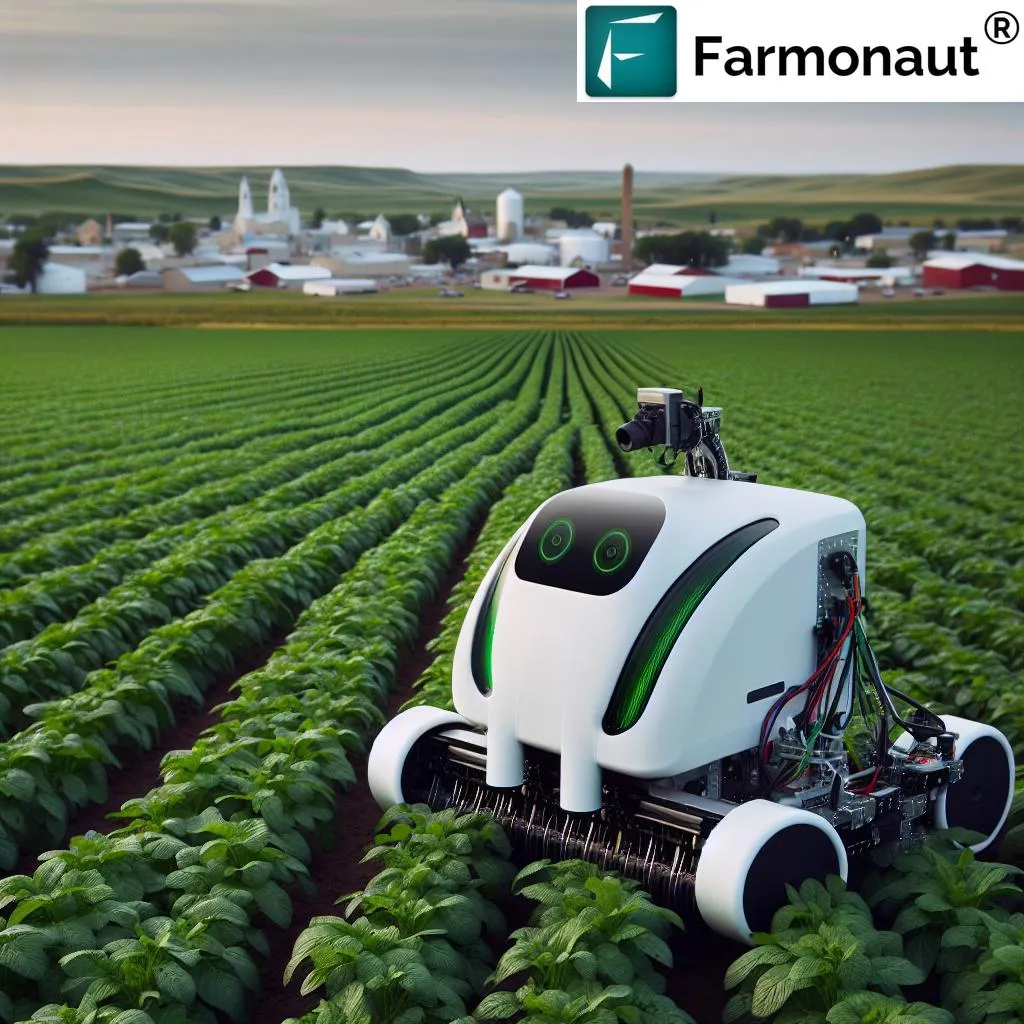In the ever-evolving landscape of precision agriculture, a groundbreaking study published in the journal *Sensors* is set to revolutionize how farmers manage weeds and crops. The research, led by Jianghan Tao from the Graduate School of Global Environmental Studies at Sophia University in Tokyo, introduces a novel framework that combines Unmanned Aerial Vehicle (UAV) imagery with advanced deep learning techniques to automatically segment weeds and crops. This innovation promises to enhance crop yield, optimize herbicide usage, and reduce environmental impacts—key challenges faced by modern agriculture.
The study addresses the limitations of traditional weed management practices, which are often labor-intensive, environmentally harmful, and economically inefficient. By integrating Super-Resolution Reconstruction (SRR) and semantic segmentation, the researchers have developed a method that significantly improves the accuracy of crop and weed identification. “Our framework not only enhances the resolution of UAV imagery but also leverages cutting-edge deep learning models to differentiate crops from weeds with unprecedented precision,” says Tao.
The research systematically evaluates recent Transformer and Mamba-based models alongside traditional Convolutional Neural Networks (CNNs). Among the evaluated SRR methods, RCAN achieved the optimal reconstruction performance, reaching a Peak Signal-to-Noise Ratio (PSNR) of 24.98 dB and a Structural Similarity Index (SSIM) of 69.48%. In semantic segmentation, the ensemble model integrating Transformer (DPT with DINOv2) and Mamba-based architectures achieved the highest mean Intersection over Union (mIoU) of 90.75%, demonstrating superior robustness across diverse field conditions.
The implications for the agriculture sector are profound. Accurate segmentation of crops and weeds can lead to targeted herbicide application, reducing costs and minimizing environmental damage. This precision agriculture approach aligns with the growing demand for sustainable farming practices, offering farmers a tool to enhance productivity while conserving resources.
The study also provides a valuable resource for the research community by releasing an annotated dataset, ensuring reproducibility and enabling future developments. “This dataset will serve as a benchmark for researchers to develop and test new models, fostering innovation in the field of precision agriculture,” Tao explains.
As the agriculture industry continues to embrace technological advancements, this research paves the way for more efficient and sustainable farming practices. The integration of UAV-based remote sensing with deep learning techniques represents a significant step forward, offering farmers a powerful tool to optimize crop management and improve yield. With the release of the annotated dataset, the research community is poised to build on these findings, driving further advancements in precision agriculture.
In an era where sustainability and efficiency are paramount, this study highlights the transformative potential of technology in shaping the future of farming. As farmers and researchers alike explore these innovations, the path to more sustainable and productive agriculture becomes increasingly clear.

